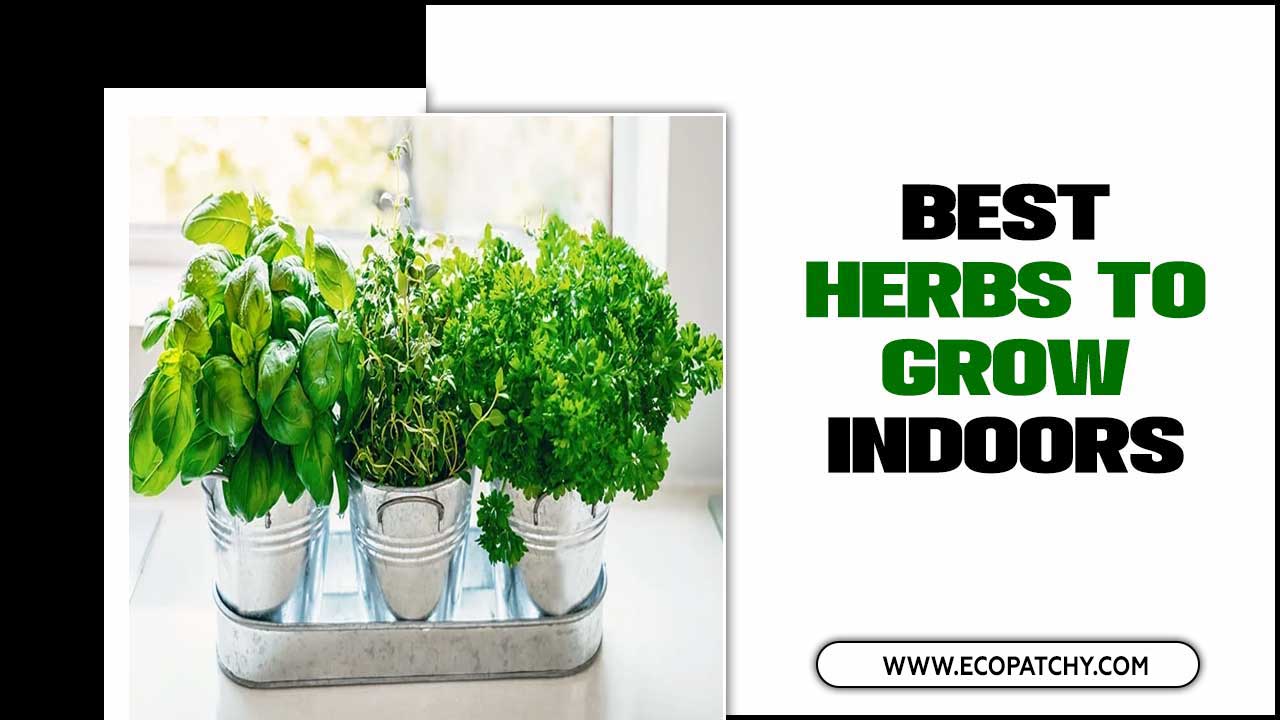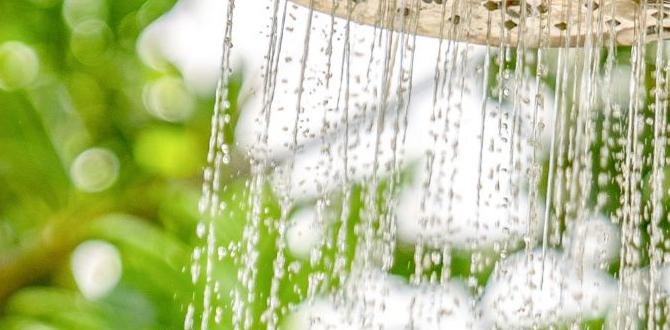Herbs have been handy for centuries to heal, enhance flavors in cooking, and provide a source of natural remedies. With their unique scents, flavors, and healing properties, herbs have become a staple in many gardens and households worldwide.
While some herbs are annuals, requiring replanting each year, others are perennials, coming back year after year with minimal maintenance. We will cover everything you need about perennial herbs, including their definition, characteristics, and benefits.
We will also introduce you to the top 12 perennial herbs that keep coming back, such as chives, sage, thyme, and basil. Additionally, we have included some quick tips for growing a successful herb garden. We will also discuss which herbs are perennials. So sit back, relax, and enjoy growing your perennial herb garden.
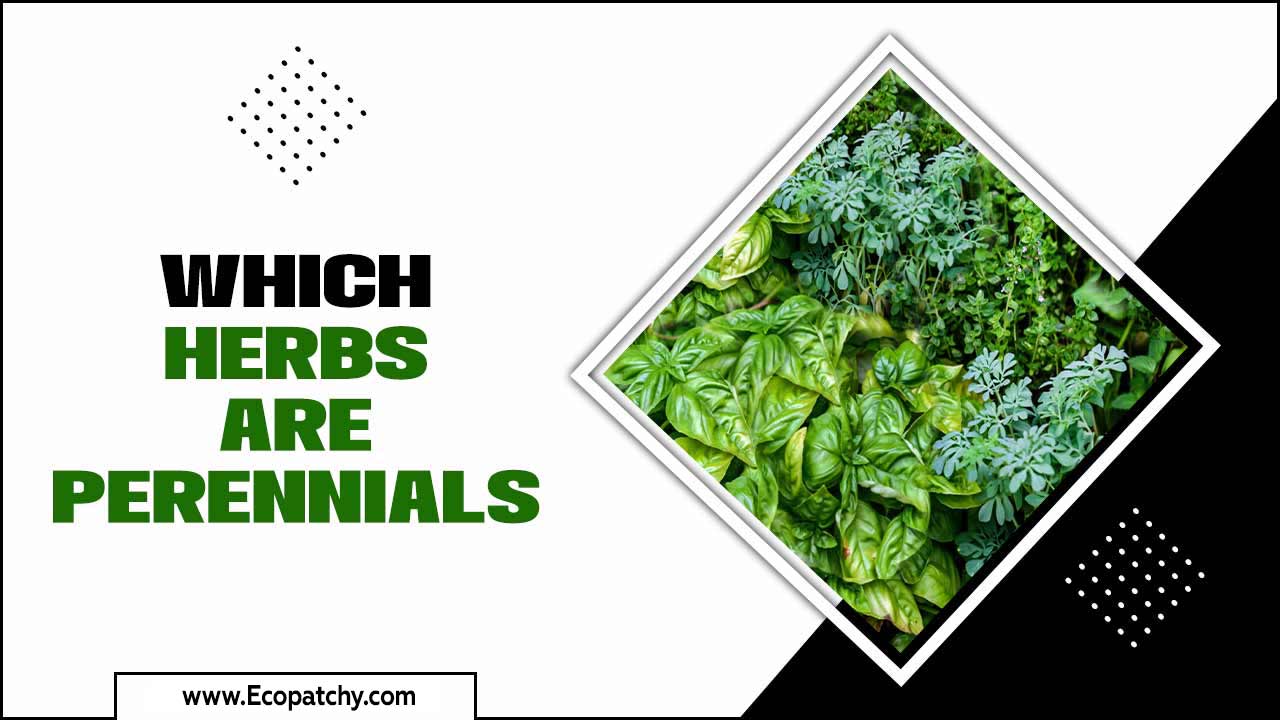
About Perennial Herbs

Perennial herbs, such as fennel, chamomile, and sorrel, live for over two years. They can survive the winter and regrow each spring, making them a favorite among gardeners. With their hardy nature and deep root systems, perennial herbs can withstand weather conditions and thrive in different soil types. Whether you grow them in containers or directly in the ground, these herbs, like lovage and summer savory, provide a constant supply of fresh leaves for your culinary creations.
Definition And Characteristics Of Perennial Herbs

Unlike annual or biennial herbs, perennial herbs have a longer lifespan and continue producing foliage for multiple years. These herbs typically have woody stems and are well-adapted to their environment. During the winter months, they may go through a dormant phase.
Perennial herbs can be propagated through seeds, cuttings, or division. Their ability to persist year after year makes them a favorite in gardens, whether in a vegetable garden, as essential ingredients in various dishes, or as fresh leaves for teas and beverages. They add both flavor and fragrance to a wide range of recipes.
The Benefits Of Growing Perennial Herbs
Perennial herbs offer a continuous supply of fresh flavors year-round. With less maintenance compared to annual herbs, they save time and effort. These versatile herbs add variety to your culinary creations and attract beneficial insects for natural pest control.
Harvesting them repeatedly makes them cost-effective. Enjoy your garden’s convenience and taste of fennel, chamomile, sorrel, lovage, and other favorite herbs. Their diverse flavors enhance everything from salsa to potato dishes. The benefits of growing perennial herbs are endless.
Which Herbs Are Perennials: Best 12 Herbs That Keep Coming Back
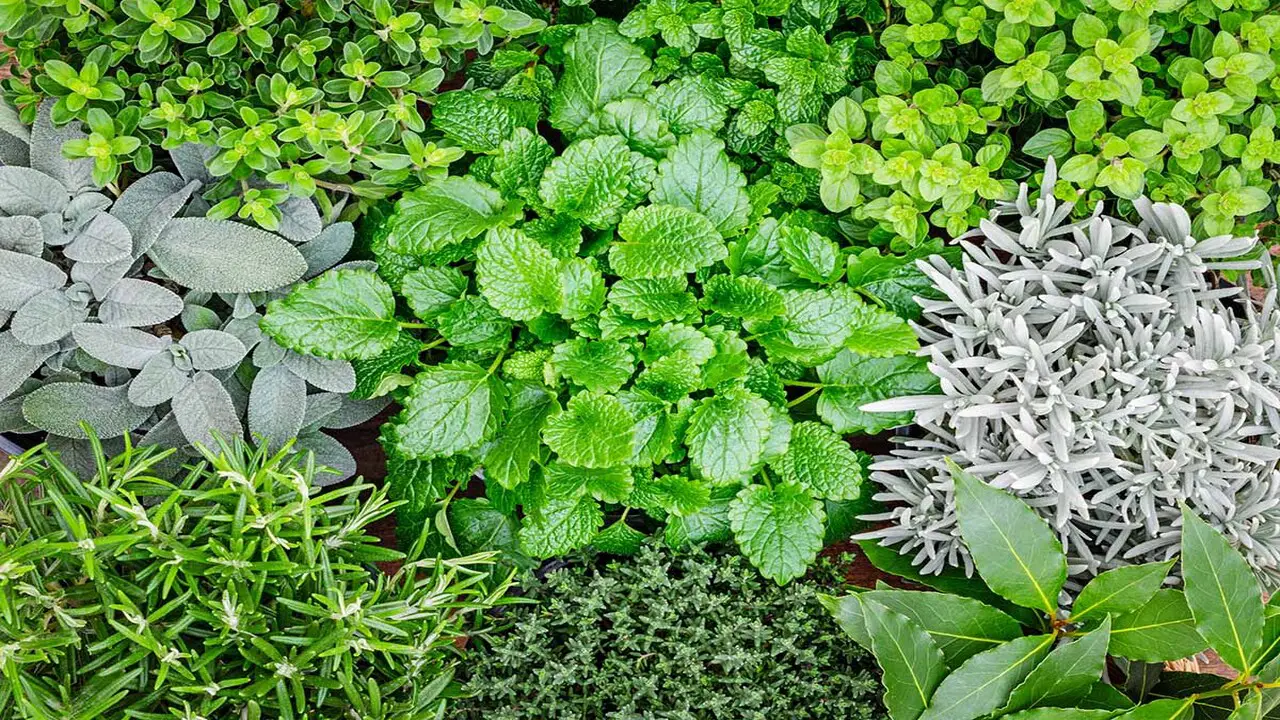
Chives, sage, thyme, mint, rosemary, and oregano are some of the best perennial herbs that can thrive in diverse climates. These herbs offer longevity and ensure a constant supply of fresh flavors for your dishes. Each herb has its unique characteristics and culinary uses.
Incorporating these perennial herbs into your garden adds beauty and functionality. Enjoy growing these perennial favorites in your vegetable garden and enhance the taste of your favorite dishes with their fresh leaves. Here are the best 12 herbs that keep coming back on which herbs are perennials.
1.Chives
Chives are a versatile perennial herb with slender green leaves and purple flowers. They add a mild onion flavor to dishes and are commonly handy as a garnish. Whether grown in containers or on the ground, chives attract pollinators and enhance biodiversity in your garden. Their popularity in salads, soups, and creamy dips makes them a favorite herb among many.
2.Sage
Sage, a perennial herb with gray-green leaves and a distinct aroma, is commonly handy in Mediterranean and Italian cuisine. Its savory flavor pairs well with poultry and hearty stews. Thriving in full sun and well-drained soil, sage is popular for its medicinal properties and is often handy in herbal remedies. With its versatility and culinary benefits, sage is a favorite herb among gardeners, adding flavor and beauty to gardens.
3.Thyme
Thyme is a perennial herb with small, aromatic leaves, making it a staple in French and Mediterranean cooking. Its depth of flavor enhances dishes like roasted meats and vegetables. Thriving in full sun and well-draining soil, thyme can also be handy in herbal teas and natural remedies. With this versatile herb, you can add a touch of savory goodness to your culinary creations.
4.Mint
Mint, a fast-growing perennial herb with a refreshing flavor, offers various varieties, such as spearmint and peppermint. Its leaves are commonly handy in cocktails, desserts, and herbal teas. Thriving in partial shade and moist soil, mint is best grown in containers due to its invasive nature. Enjoy the invigorating taste of mint in your favorite dishes and beverages, adding a touch of freshness to your culinary creations.
5.Rosemary
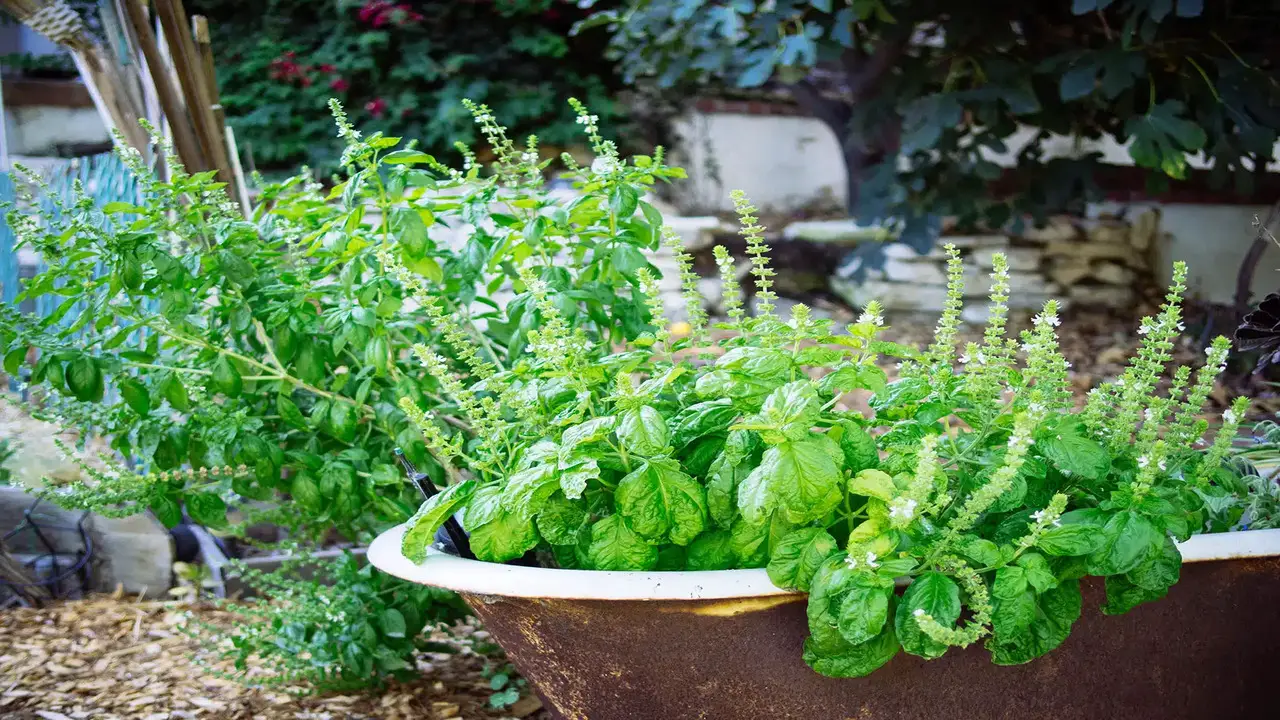
Rosemary is a perennial herb known for its needle-like leaves and strong fragrance. It has a distinct flavor complements roasted meats and potatoes, making it a favorite herb in many savory dishes. This drought-tolerant herb thrives in well-drained soil and can be grown as a shrub or in containers. Besides culinary uses, rosemary is handy in aromatherapy and as a natural pest repellent.
6.Oregano
Oregano is a type of herb that has aromatic leaves and small flowers in shades of pink or purple. It is frequently used in Mediterranean and Mexican cooking to enhance the taste of tomato-based dishes, pizzas, and sauces. This herb thrives in sunny areas with soil that drains well. Oregano is famous for its ability to fight against microbes, which is why it is commonly included in various herbal treatments.
7.Cilantro
Cilantro, a popular herb, thrives as a perennial in warmer climates. Like other perennial herbs such as rosemary, lavender, and thyme, cilantro requires less maintenance than annuals. Proper care and pruning contribute to their longevity. When selecting herbs, consider the climate and soil type in your area. Perennial herbs are a great addition to any garden, as they come back year after year, providing fresh leaves for culinary creations.
8.Basil
Basil, a popular herb, can be grown as a perennial in certain regions. It thrives in warm, sunny climates with well-draining soil. When cultivated as a perennial, basil may require extra pruning and maintenance.
Holy Basil, among other varieties, is particularly suitable for perennial growth. Harvesting can be done throughout the growing season for cooking and medicinal purposes. Basil adds a delightful flavor to dishes like salsa or potato dishes. It belongs to the mint family and has clumps of lovely white flowers.
9.Parsley
Parsley is a popular perennial herb that offers both culinary and medicinal benefits. It thrives in well-draining soil and requires full sunlight. This versatile herb is a member of the mint family and is known for its bright green leaves with a mild and refreshing flavor.
In cooking, parsley is used to enhance the taste of various dishes, including soups, sauces, and salads. It is also rich in vitamins A, C, and K, making it a valuable addition to any vegetable garden. When harvesting parsley, it is best to snip off fresh leaves as needed. Storing parsley involves wrapping it in a damp paper towel and storing it in the refrigerator for up to two weeks.
10.Dill

Perennial herbs, like dill, are a time and money-saving option for gardeners. Dill is a popular herb known for adding flavor to dishes while attracting beneficial insects. It thrives in well-drained soil and full sun. Lavender, sage, and thyme are other examples of perennial herbs. These low-maintenance plants consistently supply fresh herbs throughout the season, making them a favorite among gardeners.
11.Marjoram
Marjoram is a popular perennial herb known for its delicate leaves and sweet, slightly bitter flavor. It is easy to grow and can be used in a variety of dishes, including soups, stews, and sauces. When planting marjoram, choose a sunny location with well-draining soil and provide regular watering and fertilization. This herb is a great addition to any herb garden and adds a unique flavor to your culinary creations. Marjoram is just one example of the many wonderful perennial herbs that can be enjoyed year after year.
12.Lavender
Lavender is a widely-loved perennial herb known for its fragrant flowers and medicinal properties. Alongside thyme, oregano, and sage, it is a popular addition to any herb garden. When planting lavender, it’s important to select the right location and soil type. Proper pruning and maintenance will ensure the longevity of your perennial herb garden. With its delightful aroma and multiple uses, lavender is a must-have herb that will keep returning year after year.
Quick Tips For Growing A Perennial Herb Garden
Growing a perennial herb garden can be a great way to have fresh herbs on hand year after year. By following these quick tips, you can enjoy a bountiful perennial herb garden that will provide fresh flavors in your cooking for years to come. Here are some quick tips for growing a successful perennial herb garden:
- Choose The Right Herbs: Not all herbs are perennials, so it’s important to choose herbs that will come back year after year. Some popular perennial herbs include rosemary, thyme, sage, mint, and oregano.
- Select The Right Location: Most perennial herbs prefer full sun, so choose a location in your garden that receives at least 6-8 hours of direct sunlight daily. Make sure the soil is well-draining to prevent root rot.
- Prepare The Soil: Before planting your perennial herbs, remove any weeds or grass and loosen it with a garden fork or tiller. Add organic matter such as compost or aged manure to improve the soil’s fertility and drainage.
- Plant Your Herbs: Dig a hole slightly larger than the plant’s root ball and gently place the herb in the hole. Backfill with soil and lightly tamp it down around the plant. Water thoroughly after planting.
- Provide Regular Care: Perennial herbs generally require less maintenance than annuals but still need some care to thrive. Water regularly, especially during dry spells, and mulch around the plants to help conserve moisture and suppress weeds.
- Prune Regularly: Pruning is essential for keeping perennial herbs healthy and promoting bushier growth. Trim any dead or damaged foliage and prune back leggy growth to encourage new growth.
Enjoy Growing Perennial Herbs That Come Back Every Year!
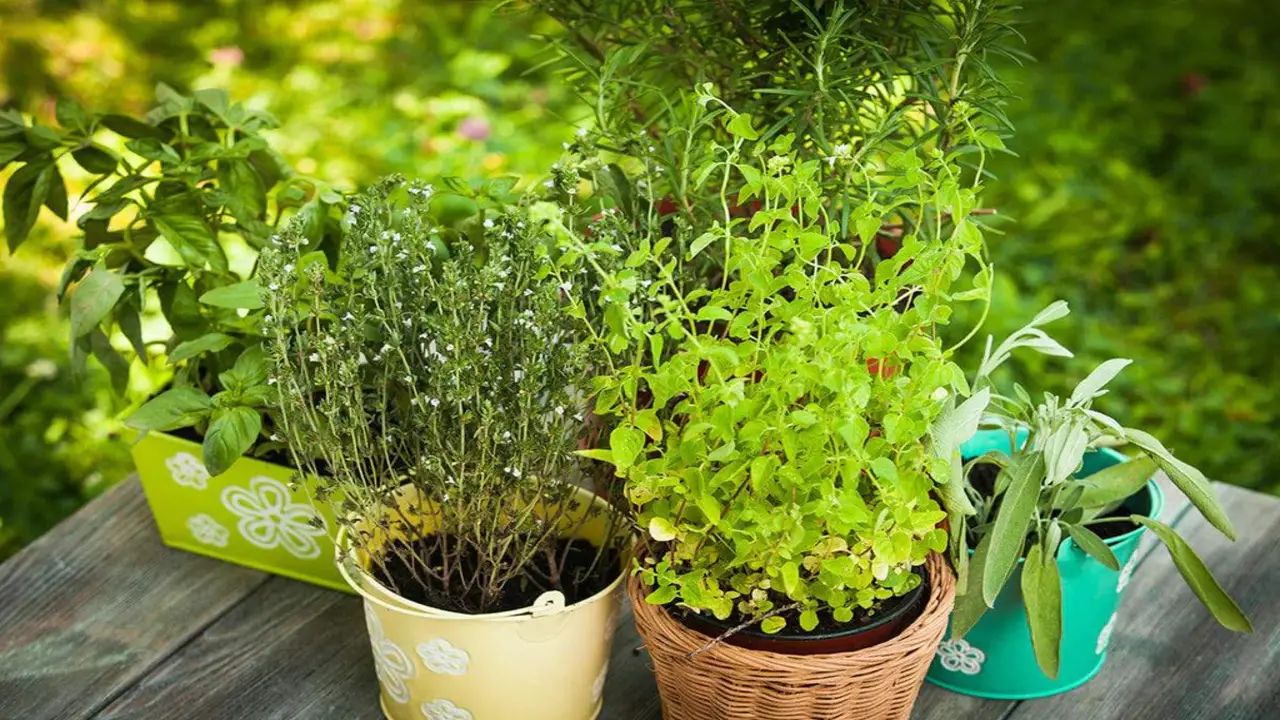
If you’re a fan of gardening and want to enjoy fresh herbs year after year, growing perennial herbs is the way to go. Perennial herbs come back yearly, making them a great addition to any herb garden. Some popular perennial herbs include rosemary, thyme, sage, lavender, and mint.
These herbs are not only easy to grow but also offer a variety of culinary uses and health benefits. Incorporating perennial herbs into your garden allows you to enjoy their flavorful leaves and aromatic scents season after season without replanting them each year. So why not add some perennial herbs to your garden and enjoy their beauty and usefulness for years?
Conclusion
Growing perennial herbs is a great way to have a continuous supply of fresh and flavorful ingredients for your culinary creations. Not only do perennial herbs save you time and effort by coming back year after year, but they also offer numerous benefits, such as attracting pollinators, adding beauty to your garden, and providing medicinal properties.
Whether you choose chives, sage, thyme, basil, parsley, dill, marjoram, or lavender, incorporating these herbs into your garden will bring joy and flavor. Remember to provide them with the right care and maintenance to ensure longevity. So start your perennial herb garden and enjoy the bountiful harvest for years to come. We hope you know which herbs are perennials.
Frequently Asked Questions
1.What Herbs Come Back Every Year?
Ans: Herbs that come back every year are known as perennial herbs. Some examples include rosemary, thyme, sage, and oregano. Other perennial herbs include mint, lavender, chives, and tarragon. When planting these herbs, choose a spot with good drainage and plenty of sunlight.
2.Which Common Herbs Are Perennials?
Ans: Common herbs that are perennials include oregano, thyme, sage, mint, rosemary, lavender, and chives. These herbs come back year after year and require less maintenance than annual herbs. Planting these perennial herbs in your garden will provide a constant supply of fresh herbs.
3.What Herbs Are Not Perennial?
Ans: Annual herbs, such as basil, cilantro, and dill, are not perennial. They only grow for one season before dying off. Biennial herbs like parsley and caraway have a two-year lifespan. Before planting herbs in your garden, it’s important to know whether they are annual, biennial, or perennial.
4.What Herb Plants Survive Winter?
Ans: Perennial herbs are plants that can survive winter and return year after year. Some examples of these herbs include rosemary, thyme, sage, oregano, and lavender. To ensure their survival during the winter, it is important to provide proper care, such as well-draining soil and protection from extreme cold temperatures.
5.What Herbs Are Perennial In My Zone?
Ans: The perennial herbs that thrive in your area depend on your location and climate. Determine your zone by researching the USDA Plant Hardiness Zone Map. Lavender, mint, thyme, and rosemary are some common perennial herbs. Consult with local experts to find out which herbs flourish in your zone.

